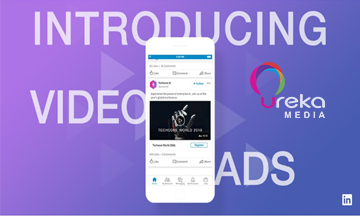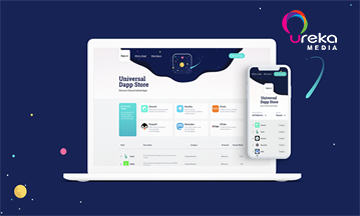


Make people SEE and REMEMBER the brand



Get people to UNDERSTAND and
WANT the brand



Change people's BEHAVIOR and
get them to CONVERT



Take care of people to CONVERT OFTEN and
ADVOCATE the brand
U News
FIVE WAYS TO WIN WITH DATA-DRIVEN MARKETING
How to Effectively Target Prospects and Improve Marketing ROI

How to Effectively Target Prospects and Improve Marketing ROI
In "The Value of Data: Consequences for Insight, Innovation, and Efficiency in the U.S. Economy," the Direct Marketing Association's Data-Driven Marketing Institute points out that the flow of data throughout the data-driven marketing economy is forcing traditional producer-centric firms to become increasingly customer-centric. In the old days, in the words of Henry Ford, "Customers could have any color car they wanted, so long as it was black."
Here are five ways companies are using data-driven marketing to enhance customer value and gain better positioning within their respective industries:
1. Determine what really makes customers tick.
According to the DMA, data-driven marketing is about discerning what customers want and need and engineering the company to provide it: "The more firms can use data to develop a 360-degree, multi-channel view of what customers think and want, the more the customer will truly be king." Through the use of both internal and external data, companies are learning how to "crown" their customers -- truly understand what makes them tick, and then develop campaigns that engage them in the most effective manner possible.
2. Set baselines for campaign effectiveness.
Data-driven marketing has effectively replaced the traditional "hit-or-miss" test component of the typical direct marketing campaign. For example, we normally ask new clients for one to two years' worth of data in order to identify statistically relevant response curves for past campaigns and marketing efforts. We then use a statistical approach to web attribution analytics to measure the response curve of TV airings and extrapolate the hidden signal from the visible signal through a proven methodology. With this information in hand, marketers can set baselines for current and future campaign effectiveness.
3. Block out the "noise" and focus on what's relevant.
When assessing data over multi-year periods -- and across different marketing channels -- it's not unusual for things to be extremely "busy" at the outset. There's a lot of static and responses are all over the place. However, by using proven data-driven marketing techniques, you can start to pull out the relevant information, analyze it over time, pick up on traffic patterns, and drill down to specific marketing touch points (i.e., number of website hits that come in when a specific direct-response show airs).
4. Determine exactly how customers are responding.
When a major online retailer needed a better way to harness its online data and figure out where its customers were coming from, the deal site ramped up its data-driven marketing efforts. To help, Hawthorne gathered all of the company's data, input it into our analytics system, and then used the resulting information to pinpoint where the online sales activity was coming from. Other companies have taken a similar approach by honing their approach to targeting particular demographics through data-driven marketing.
5. Reach extremely targeted customer bases.
A company like Dollar Shave Club, which has made a name for itself by sending razors to customers' doors for a monthly fee, knows that it's probably never going to be able to go head-to-head with Procter and Gamble. After all, the latter basically targets every man and woman around the world with its products. However, the smaller entity can use data-driven marketing strategies to fine-tune its own targeting and create demand for consumers that are looking for a more customized, membership-oriented experience.
When executed correctly, data-driven marketing helps companies reap more from their investment in media and advertising. It lifts sales on already successful product lines, helps membership-based companies better target their audiences, and creates higher consumer demand for brands that may be languishing on the virtual or bricks-and-mortar store shelves. By strategically narowing down your audience to a select group of individuals who are most apt to respond to your advertising, you can more effectively target prospects and consumers, enhance response rates and improve your marketing ROI.
Source: Adage
Related Post
Recent Post



![[Performance Marketing] 3 Steps Use Display Advertising Success for B2B](https://urekamedia.com.my/uploads/data/uploaded/images/photo_news/800x800/news_20170222013734/UrekaMedia_PerformanceMarketing_Programmatic_DisplayAds_for_B2B_thumbnail.jpg)







